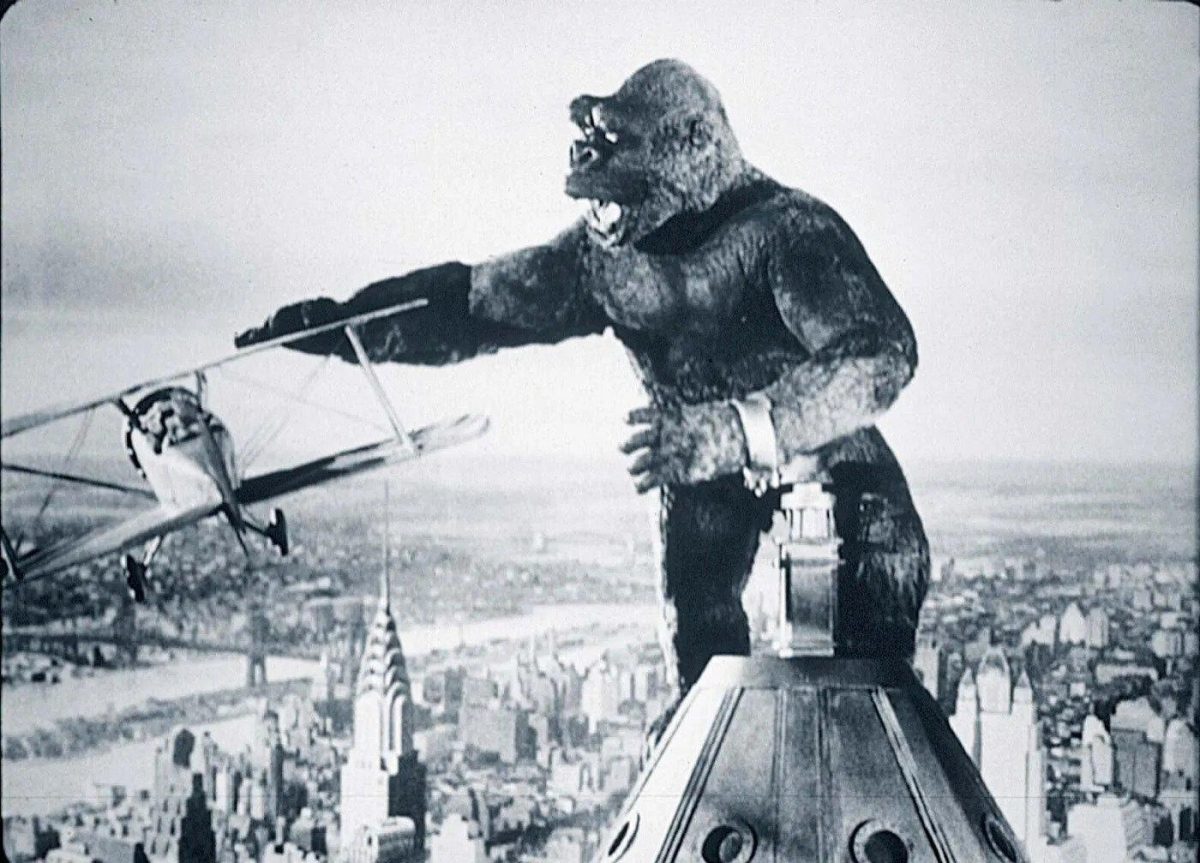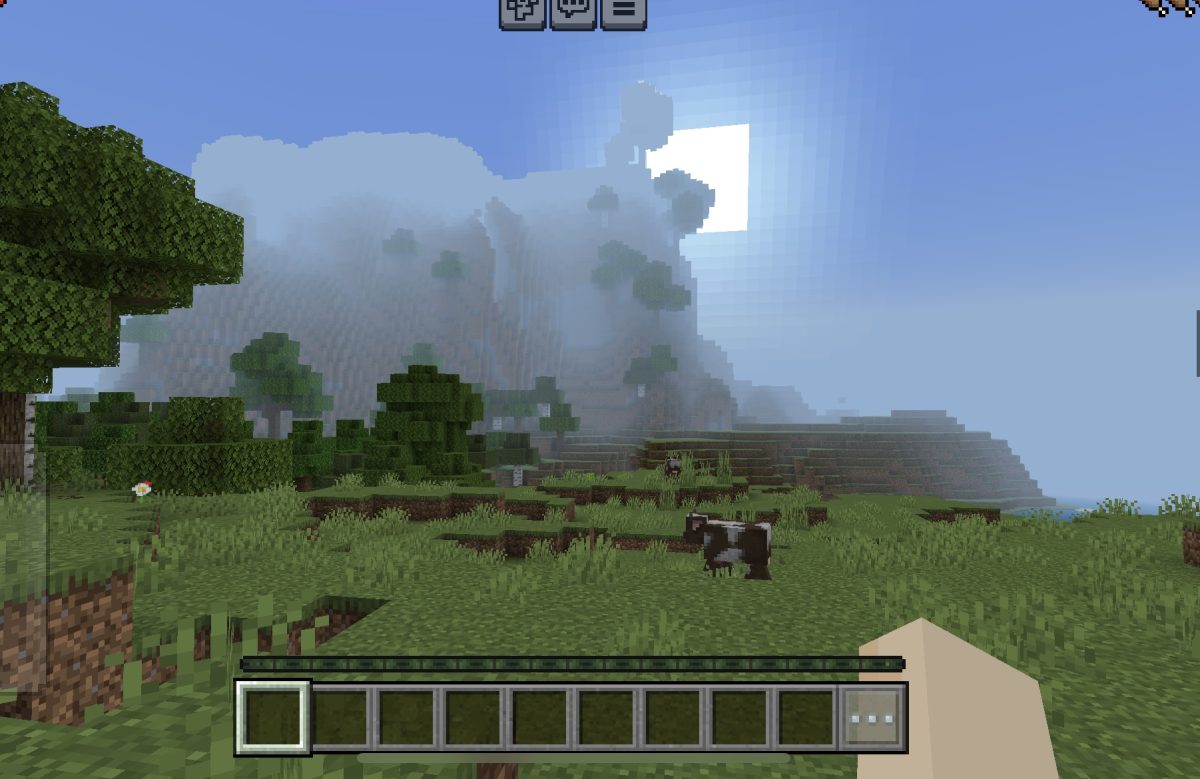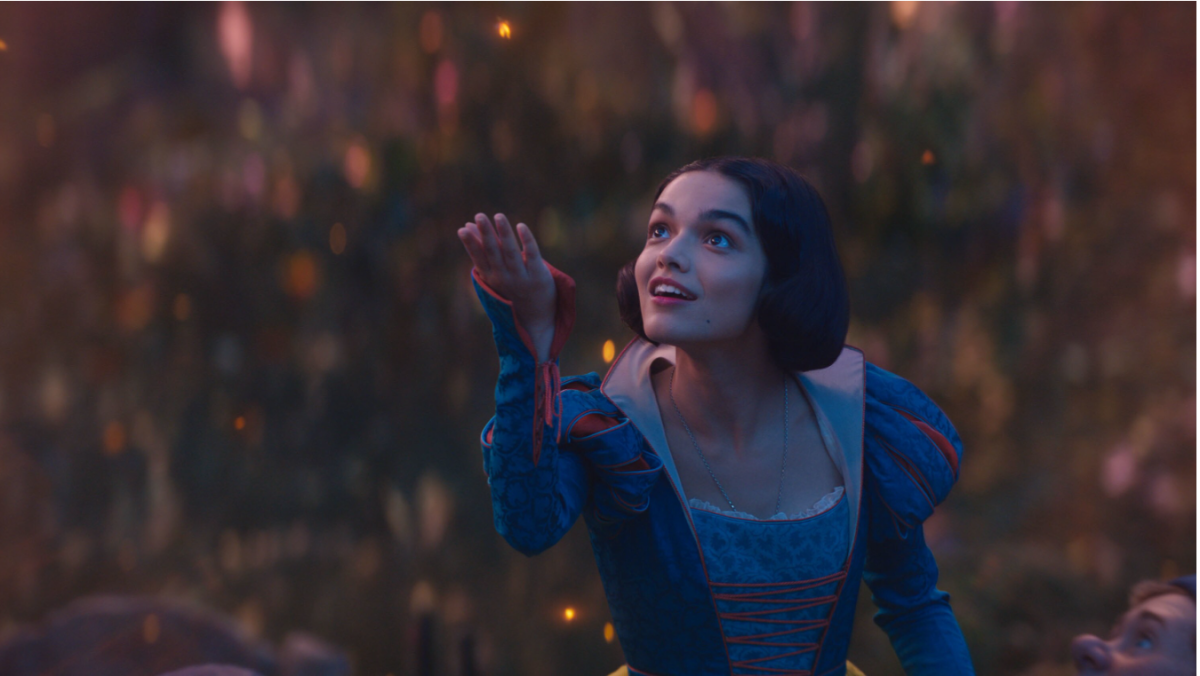By Kaylee Chan | Editor in Chief
In one of the most iconic scenes in cinematic history, an improbably giant ape climbs the Empire State Building and pounds on his chest over the city skyline during the famous 1933 movie “King Kong”. Back in the 1930s, there was no computer-generated animation, and a hand-drawn cartoon could not adequately portray realism. In order to capture the famous monster’s rampage as audiences know it now, King Kong was animated through the process of stop-motion— an art form with a rich history that remains charming for viewers today.
Stop-motion was already an established animation medium decades before the creation of “King Kong”. While it is difficult to pinpoint its origins, the directors claiming to be the first to use stop-motion in a movie were animators James Stuart Blackton and Albert Edward Smith, who created the movie “The Humpty Dumpty Circus” in 1898. While the film is now lost, it is known that they animated wooden toy dolls, according to The Wrap.
In the early 1900s silent film era, stop-motion was used both in combination with live action like in the 1907 horror movie “The Haunted Hotel” or on its own such as “The Cameraman’s Revenge”, a 1912 Russian short film by Władysław Starewicz that was just one in a series starring insect puppets made from real dead bugs, according to Vox. Though largely forgotten in modern times, his solo-made films cemented him as a pioneer in early animation.
The next few decades continued the stop-motion trend, with Willie O’Brian’s memorable animation work in “King Kong” giving stop-motion increased prominence in mainstream media.
Stop-motion movies adapted to color as color film reached local theaters in the 1950s. Claymation, the act of animating figures created from clay, helped cement this change. In 1955, the abstract green clay figure of Gumby charmed audiences in “The Gumby Show”, which went on for over three decades.
“The Gumby Show” doubled as one of stop-motion’s first forays into children’s animation, along with the 1964 movie “Rudolph the Red-Nosed Reindeer”, now a cornerstone of Christmas television specials.
The versatility of stop-motion only grew more varied as animation technology advanced near the turn of the century. Henry Selick’s “The Nightmare Before Christmas” gained a cult following for its inventive use of stop-motion, and was the first animated movie to be nominated for the Academy Award for Best Visual Effects.
Stop-motion also gained commercial success, with the 2000 Aardman Animations movie “Chicken Run” earning over $224 million.
Despite the increasing prevalence of computer-generated imagery in recent media, stop-motion animation is far from dead.
The medium has recently attracted renowned filmmakers such as Guillermo del Toro, who employed stop-motion in directing Disney’s new Pinocchio reboot, set for Netflix release on Dec. 9.
Most recently, the claymation film “Wendell & Wild” hit theaters on Oct. 25 to positive reviews. It joins a line of other notable stop-motion works by Selick, who, along with “The Nightmare Before Christmas”, also directed “Coraline” and “James and the Giant Peach”.
Even as the landscape of film adapts to advancing technology and experimentation, stop-motion animation will continue to have a valuable place in filmmaking. The act of giving life to physical props creates a sense of eye-catching realism in the film that cannot be replicated with computer graphics.
Many of the most beloved and memorable movies and shows are owed to this unique animation style, and many more stop-motion classics are sure to be created in the years to come.







